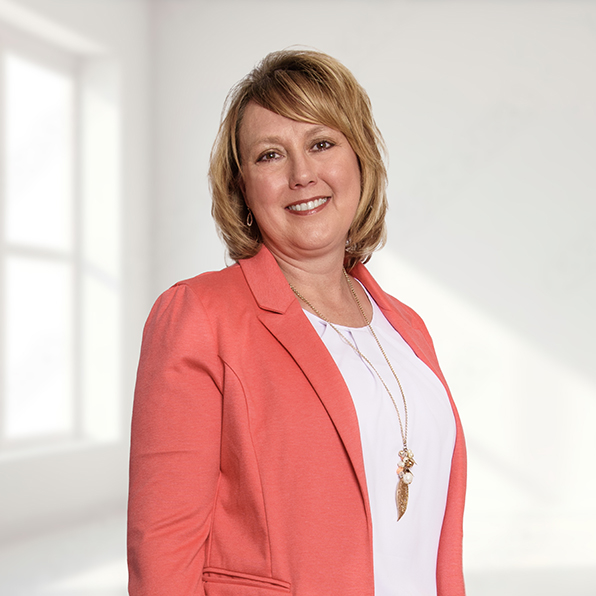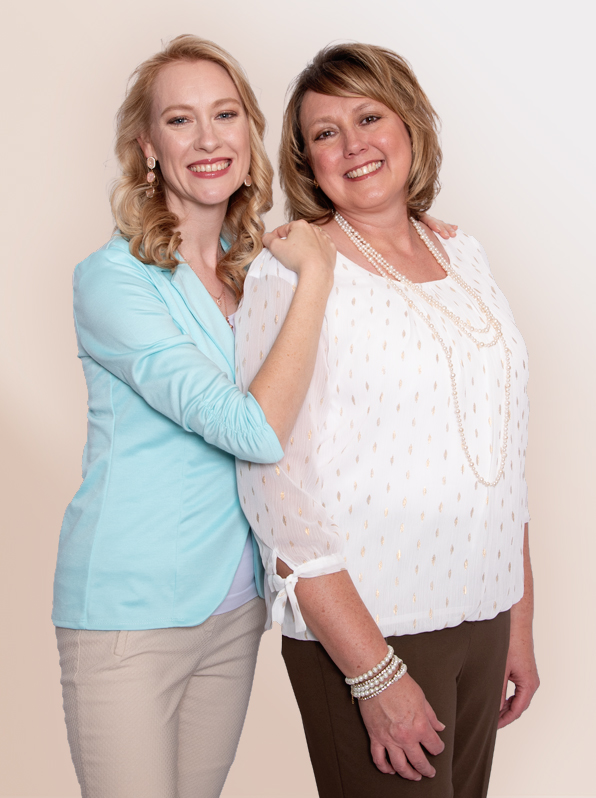You’re here because the ground gave way. The person you trusted most hurt you, and the life you were building—perhaps for eternity—fractured. Betrayal trauma doesn’t just break trust; it breaks reality. When the foundation shatters, nothing feels solid: every direction feels unsafe, you can’t tell what’s true anymore, and you don’t know which step to take next. Your thoughts race, words disappear, even your faith feels shaken. You are not crazy—you are wounded. We’ve sat in that dark night, too, and we’ll sit with you now while your body finds safety, your mind finds language, and your spirit finds the next small step forward.
Why this hurts—and what your brain/body are doing
Betrayal trauma doesn’t only break agreements; it breaks safety. Your system flips into high alert to keep you alive: big emotions, intrusive thoughts, foggy words, a tight chest, sleep that won’t settle. Spiritually, you might ask, “I sought God—why am I here?” Emotionally, you can swing between anger, grief, and numb while life keeps moving.
Inside, your brain is scanning for danger. It grabs “old files” (moments that felt similar) and floods you with the emotions attached to them. Language can go wobbly, decision-making narrows, and your body asks for proof that you’re safe right now. None of that means you’re weak. It means your protective systems are online.
Good news: healing begins as safety is restored—gently, repeatedly—so your body stands down, your mind comes back online, and your spirit can hear truth again.
From survival to structure (what we teach in our 3-part series)
1) Name the injury so shame loses its grip.
You’re not “too much” or “not spiritual enough.” You’re wounded. Naming it invites compassion and steadiness.
2) Tend your nervous system first.
Before hard talks or big decisions, offer your body simple cues of safety you’ll actually use. (We keep them easy on purpose.)
3) Reclaim agency with compassionate boundaries.
Boundaries are your steering wheel—what you will do to honor your wellbeing. They’re not about controlling anyone else.
4) Build small, daily anchors.
A tiny routine for body, mind, and spirit is better than a perfect plan you can’t hold. Small + consistent grows safety.
5) Choose joy on purpose (without pretending).
Joy can be a design choice—one micro-moment at a time—alongside honest grief. Both can live in the same heart.
6) Walk with God in the mess.
If faith feels shaken, tell Him the truth. Honesty keeps the door open for comfort and direction.
7) Heal in community.
Safety and connection are antidotes to trauma. You don’t have to do this alone.
A real-life snapshot (how this looks on a Tuesday)
You’re chopping vegetables when a surge hits—tight chest, racing thoughts, the urge to interrogate or shut down.
- One small act of safety. You open the Self-Care Toolkit and run the 4-step Self-Care Technique. It takes about 6.5 minutes—long enough for your shoulders to drop and your words to return.
- A boundary that loves you both. The conversation edges toward sarcasm. You say, “If this gets sharp, I’m going to take twenty minutes outside and then we can try again—or schedule it with support.” You step out, breathe, and come back steadier. That’s agency, not control.
- Disclosure with care (if needed). Instead of chasing details at 1 a.m., you plan a therapeutic disclosure with professional support and set up care before and after. Later, you write an impact statement with a calm breath.
- Two daily anchors. Ten honest minutes with God (even if your prayer starts with “I’m angry”) and a short walk to burn stress chemistry. Tiny + daily > grand + rare.
- Micro-joy. A praise song for your alarm; a small note on the counter: What hurts / Where I see God’s hand. Both tell the truth—together they tell the whole truth.
This is how safety returns—one doable choice at a time.
Boundaries, simply said
Boundaries aren’t pronouncements about someone else; they’re decisions about you. What you will do for your own safety and care.
- Conversation: “If voices rise, I will pause and step outside for twenty minutes.”
- Nighttime: “If there’s been acting out and I feel unsafe, I will sleep in the guest room tonight.”
- Technology: “To support my nervous system, I will not sleep in a bedroom with cell phones.”
Boundaries can be tighter when you’re raw and soften as safety grows. Flexibility is a sign of healing.
(Note: If you’d like step-by-step help clarifying and communicating yours, try our Boundary Breakthrough Blueprint—a gentle, guided worksheet to define what you need and how you’ll follow through. Get it here!
Confusion to Clarity
It’s natural to ask, “Wasn’t I guided into this marriage?” Agency is real, people change, and God’s presence is constant. “Beauty for ashes” doesn’t mean the ashes are good—it means He can craft something beautiful from what was broken. If you’re angry with God, tell Him. He already knows, and honest prayer keeps the line open for comfort and direction.
You’ve probably heard of kintsugi—broken pottery mended with gold. It’s a powerful picture of healing right here, right now. The cracks don’t disappear; they’re strengthened and made beautiful. Your story can hold golden seams too—honored, fortified, and radiant through Christ—supported by wise tools and a steady community, one small step at a time, day by day.
Your next kind step
Self-Care Toolkit (just $0.99).
Tools like the 4-step Self-Care Technique (~6.5 minutes), Triple Warmer Release, Psychological Reversal,and our Grounding Rapid Eye (RET) audio you can play softly while you rest—plus more gentle helps inside. Everything’s kept beautifully simple so you don’t have to remember on hard days. Get it Here!
Listen to the podcast series: Start with Part 1, where we name betrayal trauma; continue to Part 2 to understand what your brain and body are doing (and why you’re not “crazy”); then move to Part 3 for the shift from survival to structure—agency, boundaries, and chosen joy.
Join us inside the Whole Happy Free Membership.
Live group support with us, a warm community that “gets it,” and all our guides and tools under one roof. Founding Member pricing is open until October 31st —if your heart says “yes,” we’d love to hold a seat for you.
If you can’t hold hope today, borrow ours. Safety can return. Clarity can return. Joy can return. One steady, grace-filled step at a time.
You’ve got this—and we’re right here with you.






